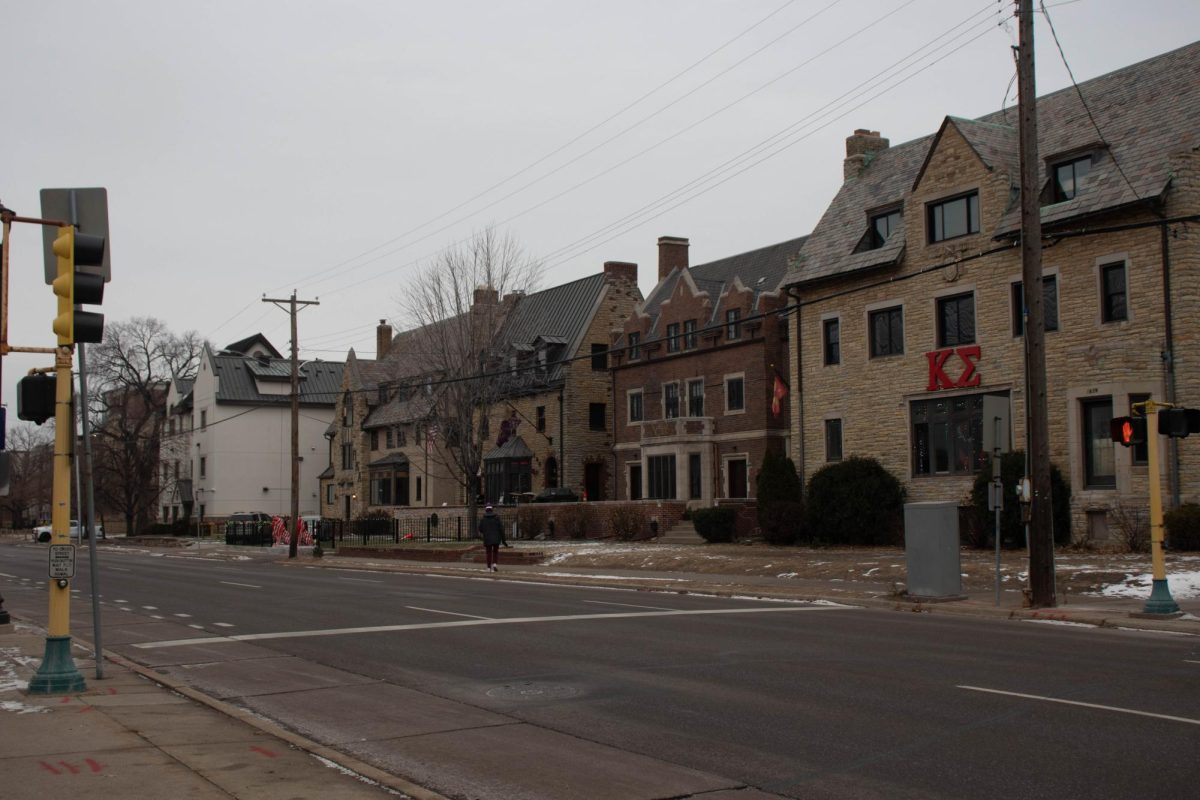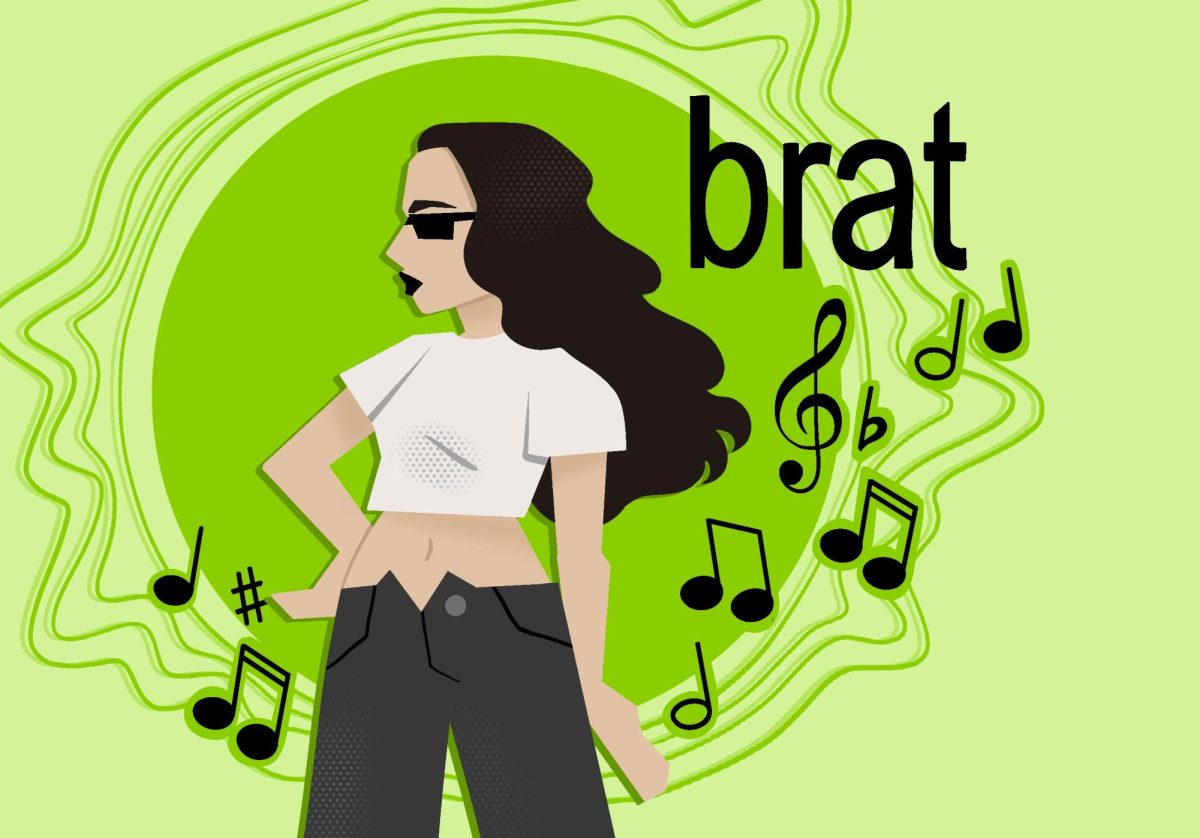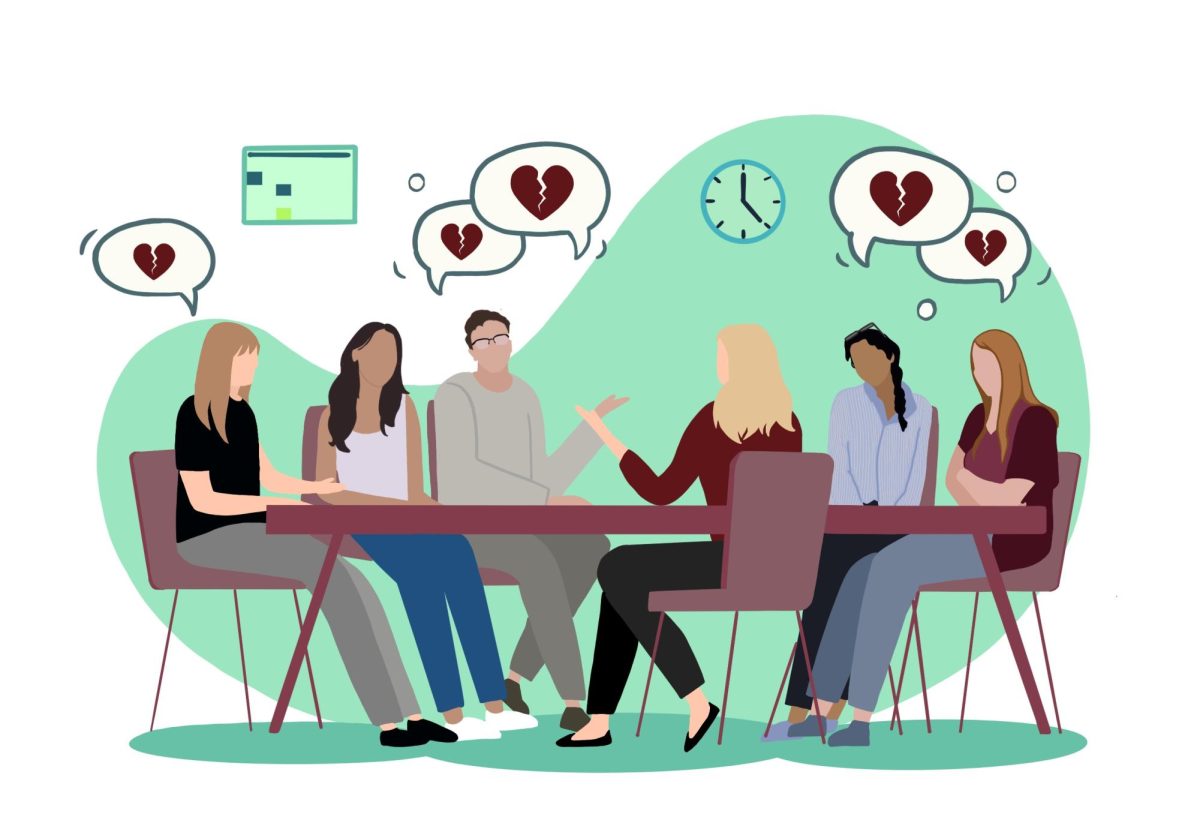In an average day at the University, you come across people from a plethora of races and backgrounds: Somalis, Arabs, Hmongs, GLBT students and Muslim students; you name the group, and they can be found somewhere on campus.
But you wouldn’t know that from reading The Minnesota Daily. In fact, until recently, unless there was a shooting, robbery or major cultural event (which would usually end up on page 5), the only color that graced the pages of the Daily was in the masthead.
Enter Editor in Chief Jake Weyer. He said he “knew right away” that the newsroom lacked diversity. But he didn’t know how much of a problem that created in its coverage. That is, until the Daily ran a front-page photo in fall of a black man involved in a shooting outside of University Village.
“I realized then that whenever we’re reporting on diversity, it’s crime like this,” Weyer said. “After that ran Ö people started to look around and see a problem.”
So Weyer, spurred on by staffers tired of an all-white newsroom and less-than-stellar diversity coverage, set out to change things. He began meeting with minority student groups and cultural center leaders, surveying the problems with the Daily’s coverage and encouraging minority journalists to apply. He also invited diversity experts from the St. Paul Pioneer Press to run training sessions with reporters.
“It took people raising issues about it to really get it to happen,” Weyer said. One reporter demanded daily that Weyer deliver on promised changes; others were equally dogged, and diversity became the newsroom buzzword.
“It was definitely the big topic last semester,” Managing Editor Britt Johnsen said.
But despite the enthusiasm, The Daily staff has a long way to go to rectify past mistakes. “Trust is something that takes a long, long time to build,” said Brenda Rotherham, the Star Tribune’s recruiting and training manager. That newspaper and many others have been working on diversity coverage and minority hiring since the 1970s and still face problems. “It’s a tricky business,” Rotherham said.
And the Daily faces other challenges. Only 9 percent of journalism students are minorities, Weyer said, and many minority communities are wary of the Daily after years of missed reporting opportunities and a perceived bias in coverage.
“(Black students) knew they were trying to cover diversity, but in reality, it turns out negative,” said Sam Adegoke, president of the Black Student Union. He pointed to the fact that when the Daily has covered issues that affect black students, the stories were somehow tainted: a report about fewer black students graduating that failed to put the numbers in context, a photo of black student dancers placed underneath an unrelated article about drug use and, of course, the shooting. “You just can’t help but wonder sometimes what’s going on,” Adegoke said.
Asian-American Student Union President Eric Hung had similar concerns. Last year, after the union’s biggest event of the year, Hung said the Daily ran a “story about an Asian girl dating a white guy, with two sentences at the end about the conference.” Also, exclusively event-focused stories can be detrimental. “(The fees committee) thinks we just spend the money on events for parties and food,” Hung said, a perception that makes it hard for them to get more money. “Even the directors who’ve been here for a while don’t know what we do.”
Other groups, tired of waiting for the Daily, took matters into their own hands. Al-Madinah Cultural Center created a group of writers in fall to cover stories about Muslims and the issues on campus affecting them. Before that, Vice President Sumaiya Mamdani said, “There wasn’t as much coverage of Al-Madinah and of Islam itself.”
But not all news is bad news. There is a basis for understanding, and Weyer is taking the right steps. By aggressively seeking minority applicants and training others to have a broader perspective, Weyer is putting the Daily on the fast track to better coverage that is more representative of the student body.
Scott Bosley, executive director of the American Society of Newspaper Editors, said, “We have always looked at staff diversity as the critical piece. Creating staff diversity brings in the different parts of the community in a way that’s natural.”
Minority communities are also ready to help. Gay, Lesbian, Bisexual, Transgender Programs Office director B David Galt said the Daily’s past coverage has suffered from “a lack of understanding” but that “there’s nothing intentional about that.” Mamdani also said her organization’s leaders have seen a difference this year. Both also said they were receptive to working closely with Daily reporters, editors and recruiters. “The Daily needs to have a human face,” Galt said.
Bosley said, “When you have motivated, committed leadership Ö they make progress within a year,” But he warned that without good leadership, that progress can backslide even more rapidly.
The critical piece will be keeping the momentum after Weyer’s tenure. With high staff turnover and annual leadership changes, the Daily has obstacles to diversity coverage and minority hiring most newspapers don’t face. When I interviewed him, Weyer said there was no “diversity file” handed down to him. But Weyer needs to create such a file and make sure the progress the Daily has made this year does not walk out the door with him.
Libby George is The Minnesota Daily’s readers’ representative and ombudsman. She welcomes comments at [email protected].







